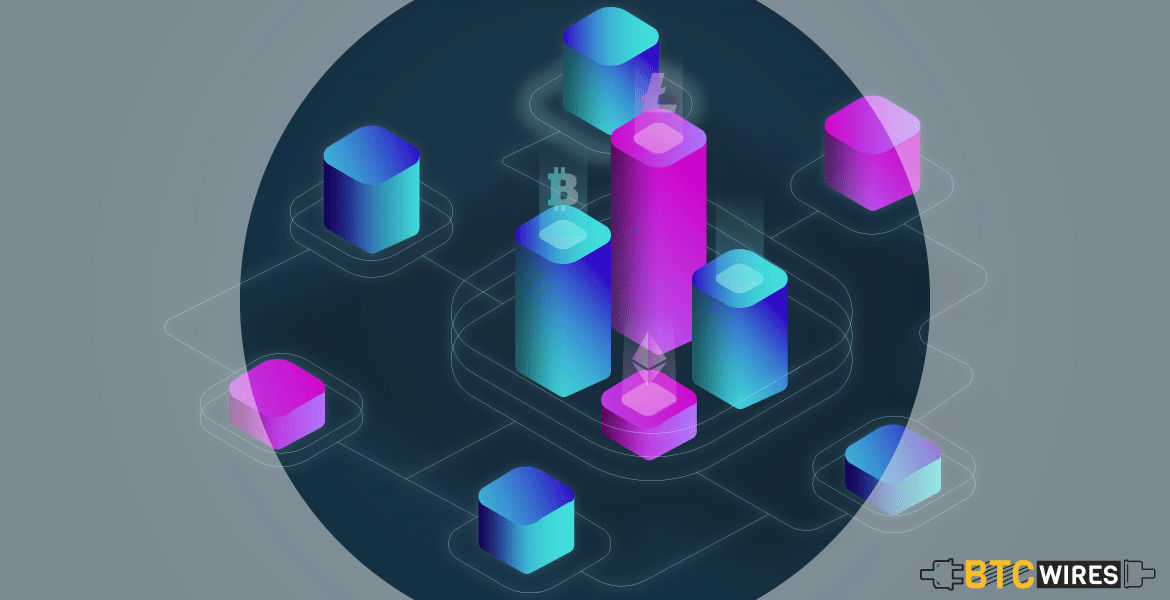To build a blockchain architecture of your own, you would

To build a blockchain architecture of your own, you would first ideally need to find out about all the requirements to build a blockchain, as that would give you a general idea as to what raw materials you need to turn yourself into an able blockchain architect. However, first things first, let us the get the basics out of the way.
What is Blockchain?
Blockchain is a technology that makes it possible to have information updated on a common digital ledger that’s distributed amongst all the members of the network. Information is stored in the form of blocks. Each of these blocks, has a hash value that is absolutely unique to it. Each block bears not just its own hash value but also that of the preceding block. This makes sure a chain is created out of all the blocks that cannot be disrupted without making the entire system collapse entirely. This ensures the security and immutability of information.
What is Blockchain Architecture?
As our article that explains blockchain architecture emphasizes, a blockchain network has the following parts and required operations:
1. Transactions as the smallest units, containing three key details: addresses of the sender and the recipient, along with the value of the transaction.
2. Blocks hold the transactions along with timestamps, unique hash value of all the transactions recorded in it, references to the parent block and so on.
3. To create blocks, members carry out mining: they solve mathematical problems to figure out if existing hash values are in adherence to the current level of difficulty in the network.
4. The blockchain network is made decentralized by the fact that all member nodes validate a transaction by CONSENSUS. Of course, not all nodes can continually work on validating them. Therefore, consensus algorithms are used to determine a model by which an accepted validator is chosen.
How to Build Your Own Blockchain Architecture?
Generally, the following outline is followed in trying to build a blockchain architecture of your own:
1. Designing the Front-end:
The front end basically represents the user interface. Therefore it can be written and put together using HTML code, just like one would do in order to design a webpage.
2. Building the Backend:
The backend represents the database part of the blockchain network. This usually consists of features like smart contracts and sometimes even decentralized applications or dApps. Blockchain smart contracts are usually written using the programming language Solidity but can also be written using languages such as Simplicity, Serpent, LLL etc.
3. Using SDKs (Standard Development Kits) to Incorporate Advanced Features:
Developers often bootstrap their blockchain solutions using readily available SDKs. One example of such a kit is uPort. The other tools that can be used in the process of building your own blockchain architecture are as follows:
a) Client:
Using an Ethereum client written in the language of your choice can help create varying implementations. These clients are usually available in languages such as Python, C++, Haskell, Go and so on.
b) Debugging Using an Interactive Console:
Debugging and the task of node configuration are essential aspects of building your own blockchain. Installing the Go Ethereum JavaScript Console can be extremely effective in making the necessary changes.
c) Using a Test Net:
Instead of spending time, money and energy resources to download an entire main network, it is better to utilize a local test network to initially try out their architecture. Using Geth is the simplest way to go about it.
d) Using a Solc Compiler:
Once the smart contracts have been written using a programming language, a Solc Compiler is to be used to put the entire programme together.
These are all the basic steps required to build your own blockchain architecture. Of course, depending on the nuances you have in mind, and the use cases you want to tap, the steps will be modified. The process of blockchain building can be aided even further by taking a look at all the steps involved in blockchain project implementation.
